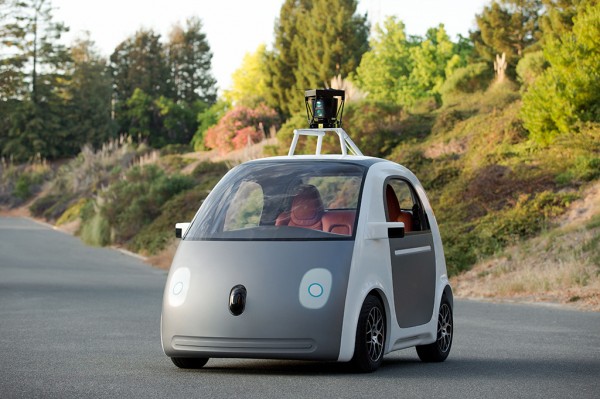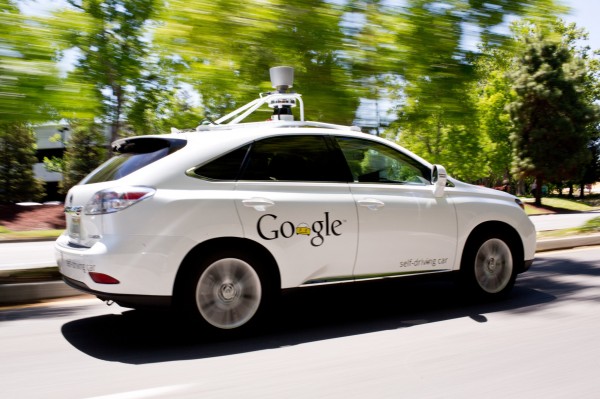 Google has unveiled an autonomous car that completely takes the driver out of the driving for the first time ever.
Google has unveiled an autonomous car that completely takes the driver out of the driving for the first time ever.
The Silicon Valley giant is no stranger to self-driving cars, having done pioneering work in this field since the last four years and racking up a total of 7,00,000 miles (over a million kilometres). However, all the R&D until now has been carried out in cars that Google bought from other mainstream manufacturers like Lexus, Toyota, and Audi, and then modified for their purpose. Now the company is taking the next step forward with its very own driverless car, designing and building 100 prototypes in-house.
The electric-powered Google car does away with most of the standard controls that are found in modern cars. In their own words, it “is Google’s reimagination of what the modern automobile should look and feel like if you took the human out of the transportation equation and designed something solely to chauffeur passengers from point A to B.” That means ditching the three essentials: steering wheel, accelerator, and brake pedal. Also gone are the rear-view mirrors, backseats, stereo, and even the glove compartment.
Contrary to popular opinion, the previous cars in Google’s Chauffeur program aren’t completely autonomous. They can handle most road conditions on their own, provided it isn’t snowing and the maps has been preloaded into the system. But every time they are sent out for field-testing, the cars are carefully monitored by two Google employees who are ready to take control at any moment, if the need arises.
 A self-driving Lexus SUV from Google
A self-driving Lexus SUV from Google
In contrast, the new prototype that Sergey Brin just unveiled at the inaugural Code conference in California has no such human safety net. It is driven entirely by sophisticated computers and the cutting-edge in satellite imagery. That is valid grounds to be apprehensive and wary of this new tech, which is exactly why Google opted to make the car look cuddly and non-threatening to other road users. It also has two feet of foam on the front and the back, and uses glass instead of plastic.
Sensors all around the compact frame ensure that the Google car has virtually no blind-spots. It is built to seat two, and will be limited to 40 kmph to ensure safety in case something goes wrong. The only control visible inside is a Stop/Go button but there are two independent sets of steering and braking mechanisms built inside. If one fails, the other system is programmed to take over the driving duties instantaneously.
Christopher Urmson, Head of Google’s self-driving car project, stated that they plan to begin testing for the prototype before the end of this year. The car will initially be accompanied by two safety drivers but it would become completely autonomous in the true sense of the word once the technology is proved to be failsafe. Urmson insists that Google has no plans to sell the cars itself. Instead, it is looking at partners that can tailor this technology to their products and offer it to the public.
Images Courtesy: New York Times
